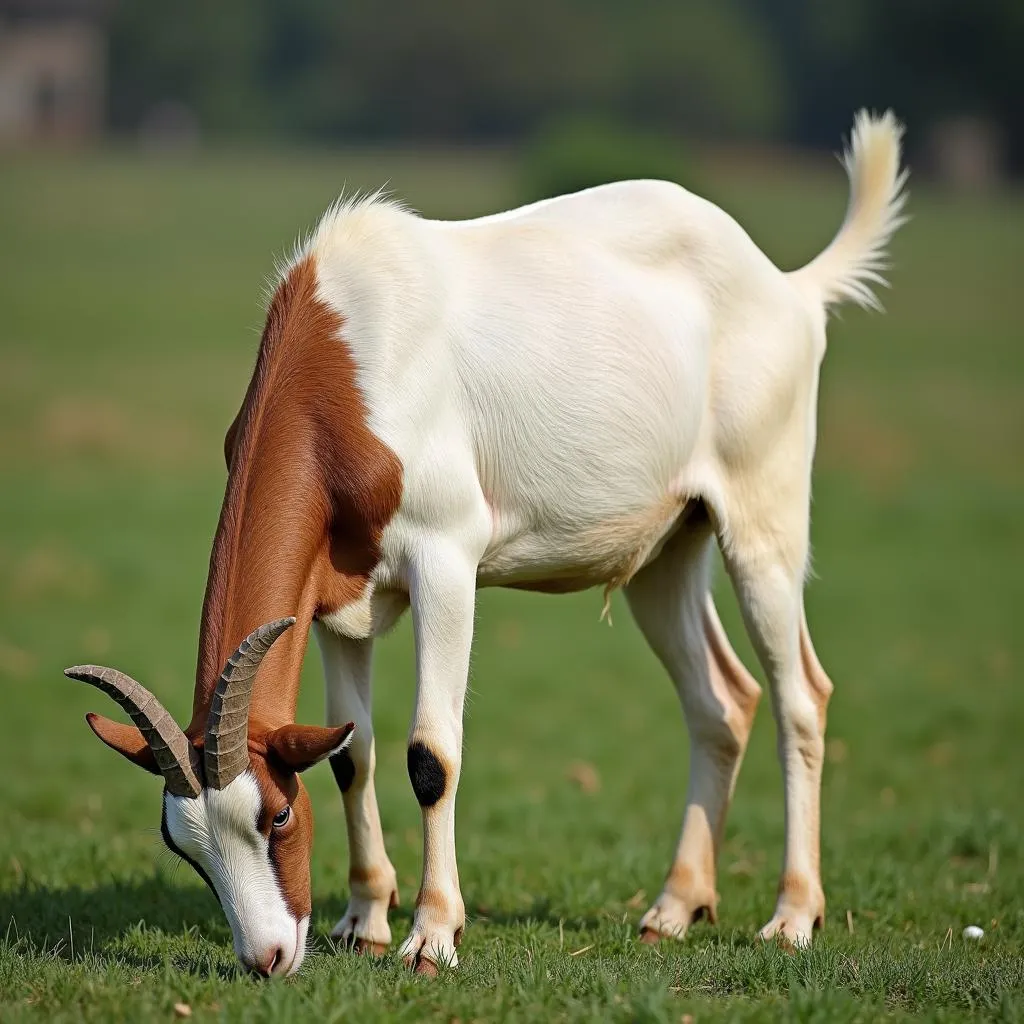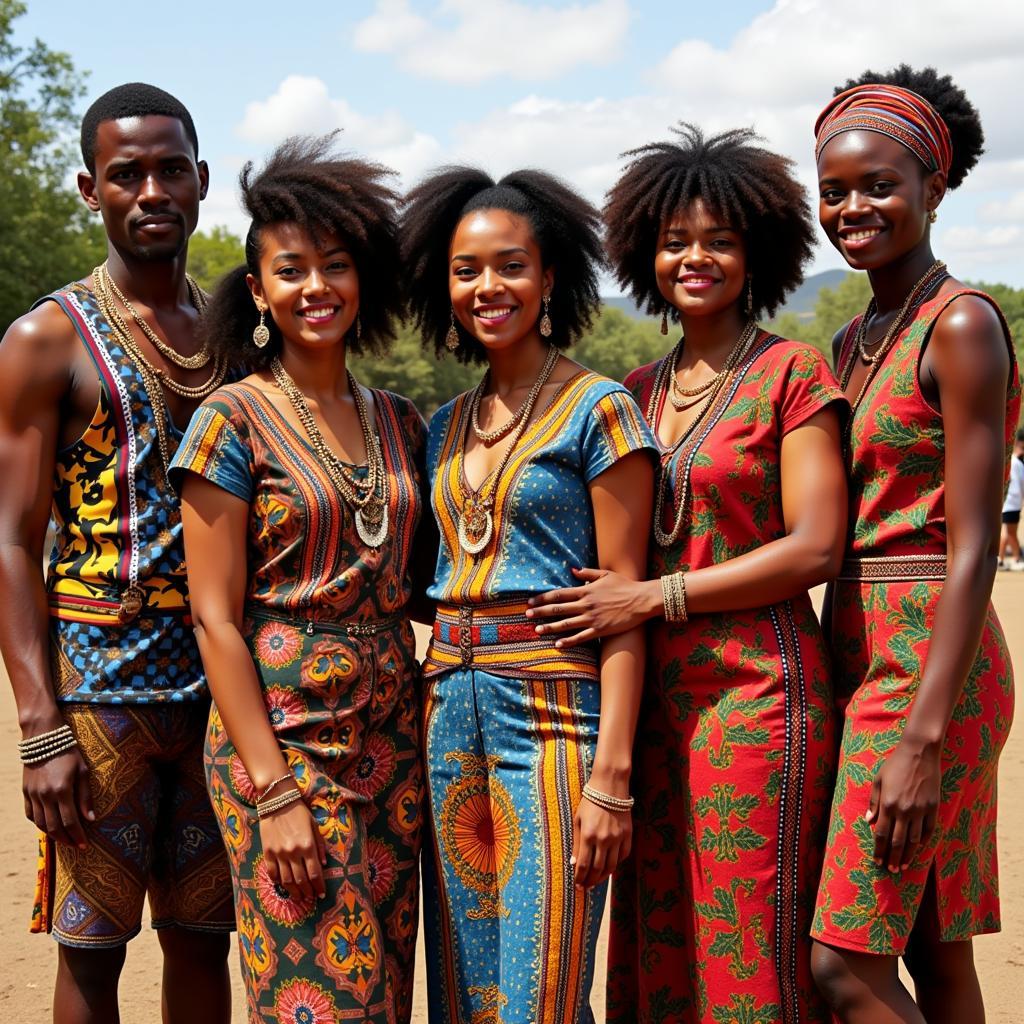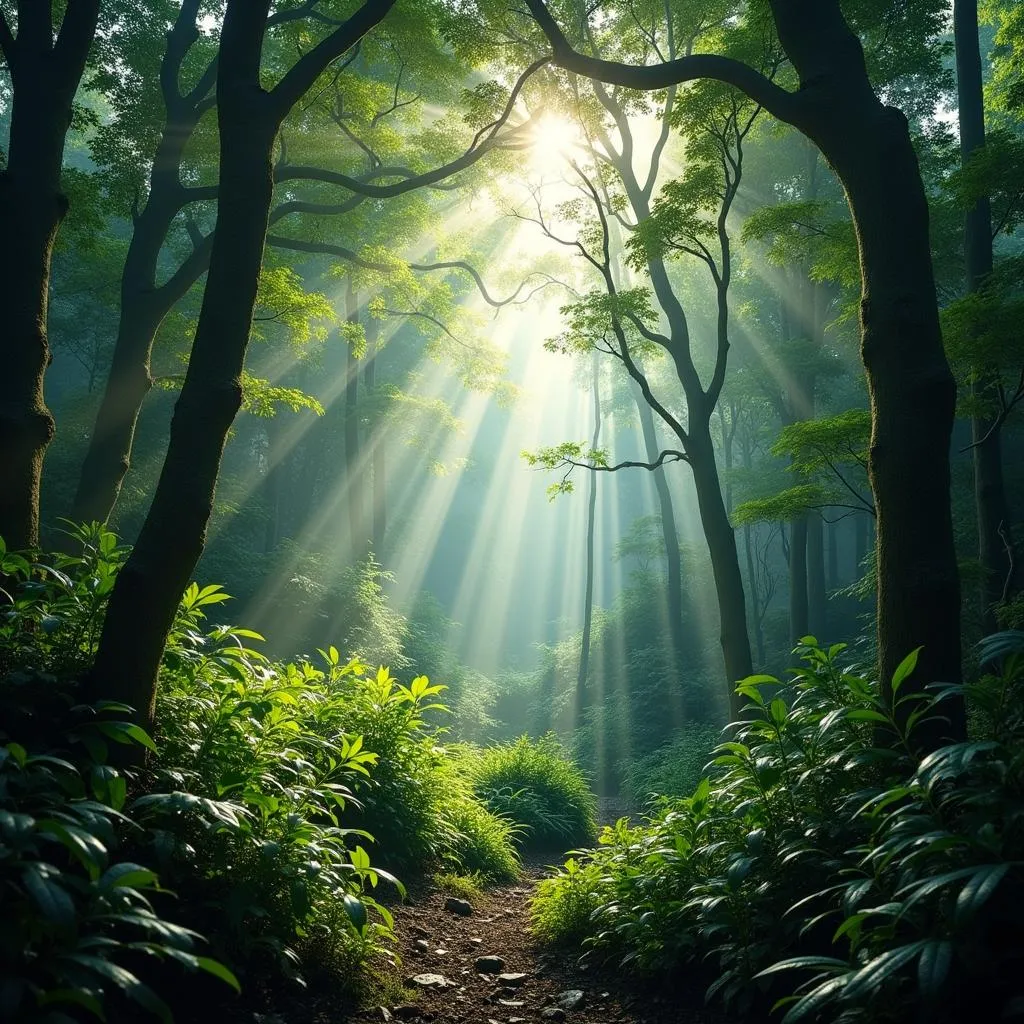Exploring Africa’s Biggest Forest: The Congo Basin Rainforest
Africa, a continent teeming with diverse landscapes, is home to the world’s second-largest tropical rainforest: the Congo Basin. Spanning six countries and covering an area roughly the size of the continental United States east of the Mississippi River, this immense forest plays a vital role in global climate regulation and biodiversity.
The Congo Basin rainforest, often referred to as the “second lung of the planet,” is a crucial carbon sink, absorbing vast amounts of carbon dioxide from the atmosphere. Its rich biodiversity supports an incredible array of plant and animal life, many of which are found nowhere else on Earth. This biodiversity not only provides essential ecological services but also holds immense cultural significance for the communities that call the forest home.
Unveiling the Biodiversity of Africa’s Biggest Forest
The Congo Basin is a biodiversity hotspot, harboring thousands of plant and animal species. From towering trees that form a dense canopy to the diverse array of creatures that inhabit the forest floor, the Congo Basin is a testament to nature’s creativity. Among the iconic animals found within this vast ecosystem are gorillas, chimpanzees, forest elephants, okapis, and bonobos. Many of these animals are endangered, highlighting the need for conservation efforts.
The Congo Basin’s rich flora contributes significantly to the global climate, acting as a giant carbon sink. The variety of plant life is astounding, including unique species of orchids, medicinal plants, and giant hardwoods. These trees play a crucial role in regulating global rainfall patterns and maintaining atmospheric balance.
The Congo Basin: A Vital Carbon Sink
The Congo Basin plays a crucial role in mitigating climate change by absorbing vast amounts of atmospheric carbon dioxide. This process is essential for maintaining the delicate balance of Earth’s climate system. However, deforestation and other human activities threaten the integrity of this vital carbon sink, potentially releasing stored carbon back into the atmosphere and exacerbating global warming.
Deforestation, driven by logging, agriculture, and mining, poses a significant threat to the Congo Basin. Illegal poaching also puts immense pressure on the forest’s wildlife populations. Protecting this ecosystem is not just an environmental imperative; it is also crucial for the livelihoods of millions of people who depend on the forest for their survival.
Challenges and Conservation Efforts in African Biggest Forest
Protecting the Congo Basin requires a multifaceted approach involving local communities, governments, and international organizations. Sustainable forestry practices, anti-poaching initiatives, and community-based conservation projects are vital for safeguarding the future of this incredible ecosystem. Check out more information about the African Elephant, one of the Big Five, on the African elephant big five page. You might even find an African elephant YouTube video showcasing these magnificent creatures.
The Congo Basin faces significant challenges, including illegal logging and poaching, both of which are driven by demand from external markets. See the African cheetah from Namibia for more information about another threatened African animal. Addressing these issues requires international cooperation and effective law enforcement. The African elephant skull symbolizes the tragic loss of life due to these practices.
Conclusion
The Congo Basin, Africa’s biggest forest, is a treasure trove of biodiversity and a vital component of the global climate system. Protecting this irreplaceable ecosystem requires collective action and a commitment to sustainable development. Let us work together to ensure that future generations can continue to benefit from the ecological and cultural riches of the Congo Basin rainforest.
FAQ
- What is the size of the Congo Basin rainforest?
- The Congo Basin spans around 3.7 million square kilometers, making it the second largest rainforest in the world.
- Which countries does the Congo Basin cover?
- It covers six countries: Cameroon, Central African Republic, Democratic Republic of Congo, Republic of the Congo, Equatorial Guinea, and Gabon.
- What are the main threats to the Congo Basin?
- Deforestation, driven by logging, agriculture, and mining, and poaching are the main threats.
- Why is the Congo Basin important?
- It’s a vital carbon sink, plays a crucial role in global climate regulation, and houses incredible biodiversity.
- How can I help protect the Congo Basin?
- Support sustainable products, raise awareness, and support organizations dedicated to Congo Basin conservation.
- What animals are unique to the Congo Basin?
- The okapi, bonobo, and Congo peafowl are some of the unique animals found in the region.
- What are some of the conservation efforts ongoing in the Congo Basin?
- Efforts include community-based conservation programs, anti-poaching initiatives, and sustainable forestry practices.
Common Scenarios and Questions
-
Scenario: You are researching the impact of deforestation on climate change.
- Question: How does the deforestation of the Congo Basin contribute to global warming?
-
Scenario: You are studying endangered species in Africa.
- Question: Which endangered species live in the Congo Basin and what conservation efforts are being taken to protect them?
-
Scenario: You are planning a trip to Africa and want to visit a rainforest.
- Question: What are the possibilities for ecotourism in the Congo Basin?
Further Exploration
- Learn more about the African elephant’s role in the ecosystem.
Need assistance? Contact us 24/7: Phone: +255768904061, Email: [email protected], or visit us in Mbarali DC Mawindi, Kangaga, Tanzania.



